Aging Without Frailty – A Series (Part 3)

Welcome to Part 3 of this series on avoiding extended late life frailty.
In Part 1, we looked at frailty with the intent of establishing that it isn’t synonymous with aging and that it is not a disease but rather a condition related to disuse. I also introduced a clinical term often associated with this condition – sarcopenia – which the dictionary defines as “loss of muscle tissue as a natural part of the aging process.”
In Part 2, I took the position that debilitating loss of muscle mass as we age is a major contributor to our loss of independence but is, for most, an insidiously debilitating lifestyle choice. And that our medical community is doing little to raise our awareness of how we can reduce the effects of sarcopenia.
What I hope to accomplish with the series is to elevate awareness and motivate and persuade readers to take a new understanding of this self-inflicted malady and make changes that will enable them to dodge some bullets later in life.
In other words, avoid the “frail trail”.
Really our choices are to confront it or let it continue to take us slowly, gradually, to an extended and miserable, costly late life – “living too short and dying too long.”
There are few givens when it comes to what happens to us in this second half/third stage of life –loss of muscle mass is one of them. We cannot predict with certainty what other maladies may befall us in these later stages – and it’s likely some will.
But this one we can predict and proactively make some allowances for.
And we must because it is the most prevalent condition that robs us of the vitality we deserve to live an active, fulfilling late life.
We don’t need more Nobel prizes
In the words of Dr. David Katz, a physician at the Yale School of Medicine, and founder of an organization called the Academy of Lifestyle Medicine:
“We already know all that we need to know to reduce, by 80%, the five major killers in our country. We don’t need more fancy drugs or equipment or more Nobel Prizes. We know all we need to know today.”
The Center for Disease Control (CDC) reminds us that four risky behaviors – lack of physical activity, poor nutrition, smoking, and excess alcohol consumption – are responsible for much of the suffering and early death related to chronic diseases. These chronic diseases are also among the most preventable and regular physical exercise is one of the most important remedies.
The CDC also informs us that, in 2012, only 7.9 percent of those 75 or older engaged in aerobic and strength-training that met the 2008 federal physical activity guidelines for that age group. Yikes!!
By allowing our musculoskeletal resources to decline, we practically guarantee the onset of any of a number of potential calamities.

Here are just a few from a long list of conditions that medical professionals have observed that result from sarcopenia:
- Decreased strength
- Mobility and balance problems
- Falls
- Weak bones and fractures
- Weight gain/obesity
- Diabetes
- Decreased visual acuity
- Declining sensory perception
- Slowed reflexes
- Inability to cope with stressful conditions
Stop the death spiral
All of these contribute to the mountain of demoralizing statistics about where this is taking us in terms of living conditions and health care costs. There are some who predict that the care of the elderly, as the ranks swell, could bankrupt our economy.
We can each do our part to stop this death spiral and take advantage of the longevity bonus that most of us will experience.
So, let’s cut through it all and get to a solution.
I’ll stand by my claim in Part 2 that sarcopenia is reversible and that the solution is:
Simple
Lift weights. If you haven’t lifted a weight since Apollo 13, consult with your physician, start small and build up. Learn proper techniques early to avoid injury as you proceed.
Inexpensive
Join a local gym. If you are over 65 and have a Medicare Advantage plan, you are probably eligible for the very popular Silver Sneakers program. I frequent a 24-hour Fitness facility six days a week under this program and don’t spend a nickel.
Immediate
With a consistent, disciplined strength training routine, you will feel and see significant results as soon as two weeks. You’ll feel better, have more energy, sleep better and may even look better almost immediately. It’s not about weight loss but, depending on your starting point, that may be a serendipitous result.
Drug-free
Aside from an occasional Advil early on as your muscles respond and grow from the new stress, there are no drugs needed to reverse this condition.
It really is that simple. So why do so few of us do it? Why is it so difficult?

The answer to that is simple also. Attitude and habits.
The biggest battle is mental, not physical. Attacking and reversing a condition like sarcopenia requires a commitment to hard physical work. It requires a commitment to an activity that most in the middle-age group and beyond don’t care for, think about or relate to.
This simple plan requires an attitude that accepts and understands the downside of inaction and commits to doing something about it. But it must go beyond willpower because willpower alone doesn’t work. We have broken New Year’s resolutions as ongoing proof of that. Without a total commitment to reversal, this effort too will fail.
Our lives are driven by habits. Many of the habits we’ve adopted directly contribute to the decline of our musculoskeletal resources (need I mention TV, snow blowers, electric knives, elevators, etc.?) An effective battle against sarcopenia will mean replacing some deeply entrenched lifestyle habits with habits that are, for most, uncomfortable and unfamiliar in the short term.
Notice I said replace. We really can’t effectively change habits. We must replace them.
My own sarcopenia battle
I think I’ve mentioned in previous articles that I’ve been a gym rat for over 30 years. When I cold-turkeyed off of cigarettes on June 6, 1979, I took up running. Then, in 1987, I joined a new athletic club and began a 17-year run of pickup basketball five days a week. I also began taking advantage of the weight room at the same time and thus put in place an aerobic and strength-training habit that I haven’t broken since.
Although my knees don’t permit basketball, at age 77 I still do 45 minutes of aerobic (upright bike, elliptical or treadmill) six days a week with three of those days including 30-40 minutes of weight training.
Nothing gets in the way of my dedication of 3-4% of my week to this habit. If I can’t stay with it because of calendar issues or illness, I’m difficult to be around.
A resource to get you started
Recently I stumbled across Fred Bartlit, 87-year old attorney, West Pointer/Army Ranger, strength trainer extraordinaire. I’ve referred to Fred’s campaign against sarcopenia in Part 1 and 2 of this series.
Time, space and your attention span prevents me from laying out a detailed sarcopenia reversal plan in a single article. So, I’m going to leave that to Fred and his co-writers and recommend an investment in his book: “Choosing the Strong Path: Reversing the Downward Spiral of Aging”. (Note: I have no affiliate arrangement with Fred. He doesn’t know I exist – yet.)
Fred’s book will do two things:
- Provide a clear understanding of sarcopenia and its impact, physically, emotionally and financially.
- Provide a safe, sensible roadmap for incorporating strength-training into your life at a pace and level appropriate for your situation.
You will also find excellent resources at his website www.strongpath.com including some really outstanding brief videos demonstrating proper techniques for starting exercises.
This book and website can get you started right with a new motivational understanding of why you should be doing it. We don’t need to be a part of the depressing statistics of what is happening to our demographic.
When we take this seriously, we can, in fact, “die young, as late as possible.”
I hope this series has been helpful. It’s a huge topic to which one can’t do justice in 3,000 words. Fred’s resources can.
We’d love to hear your story about your journey in this area. Leave a comment for us below.


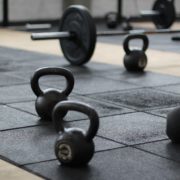
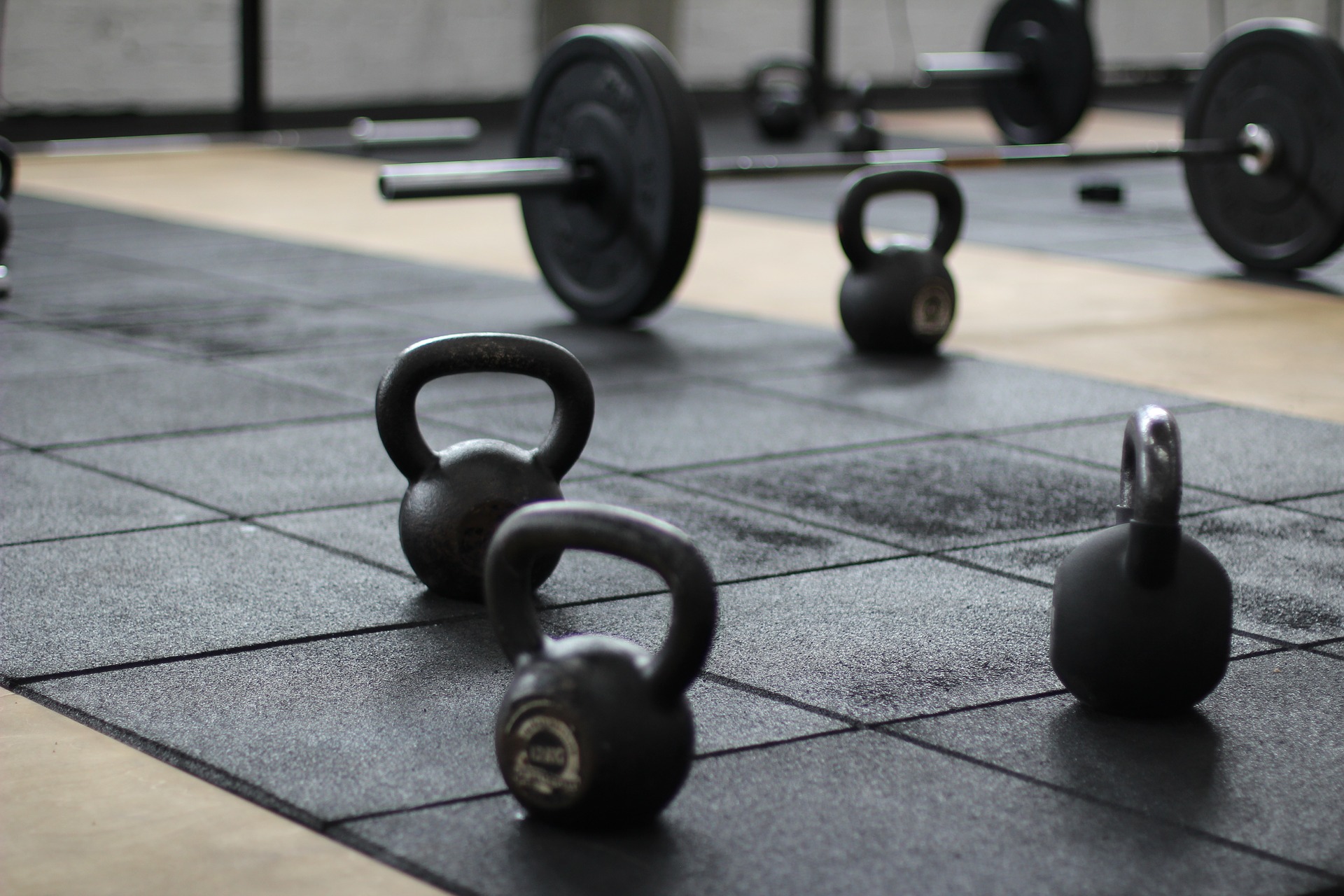



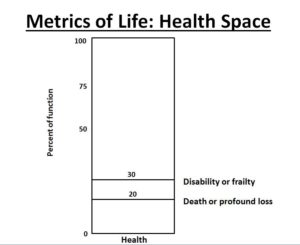
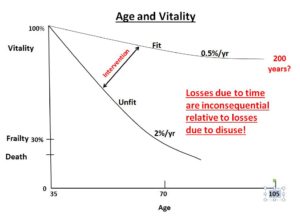

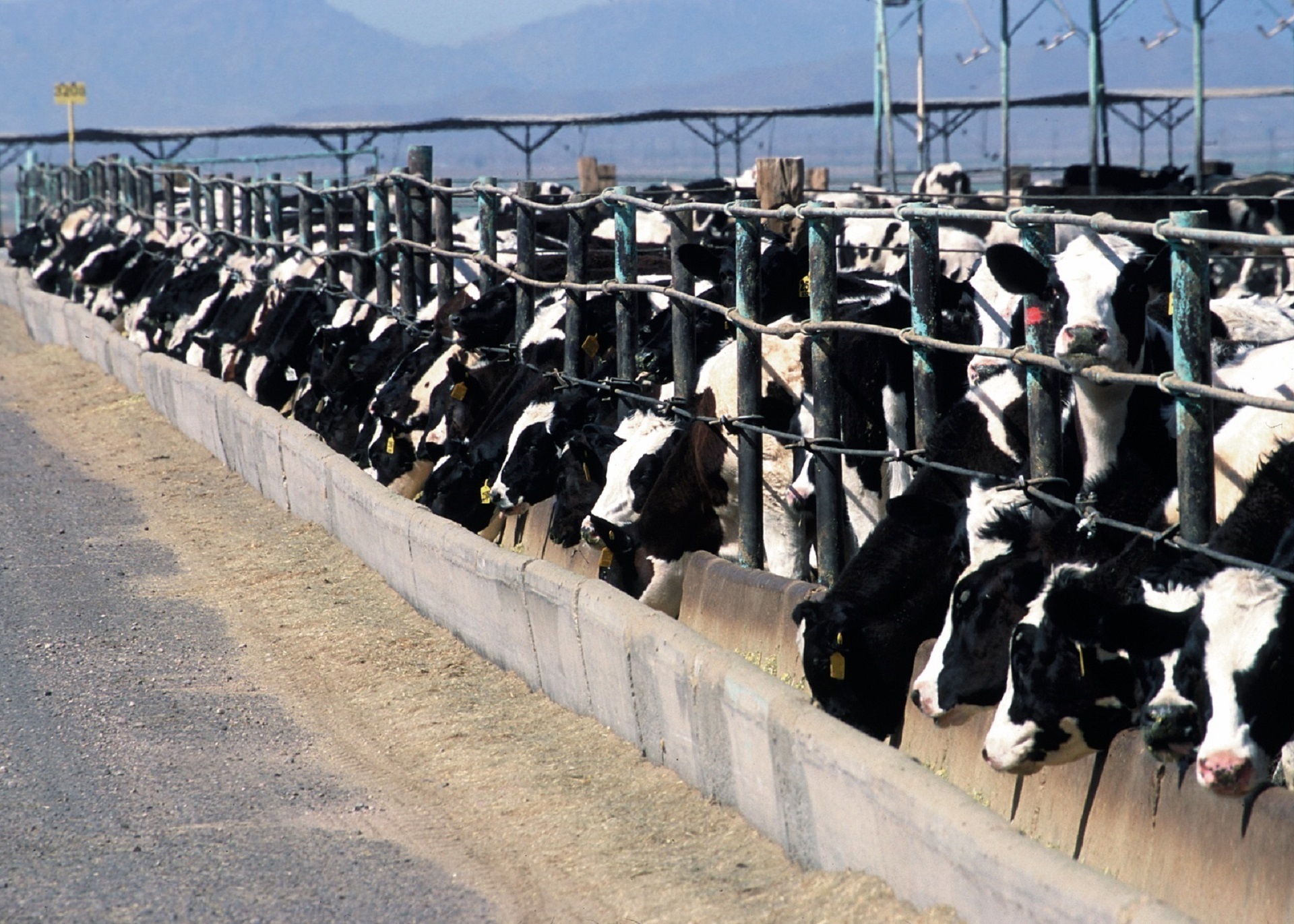
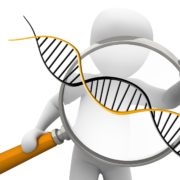
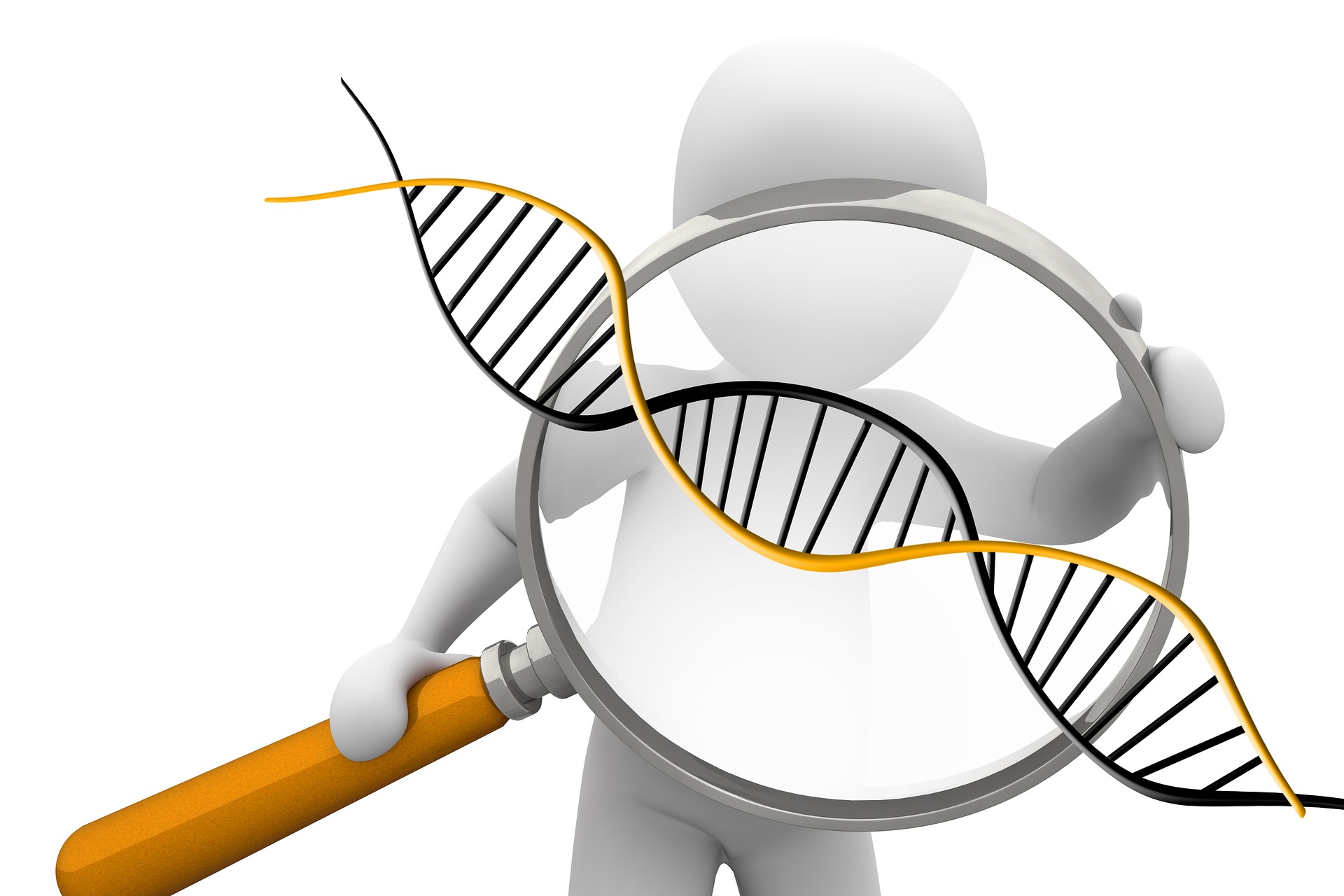


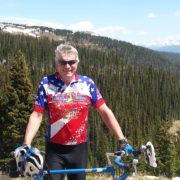
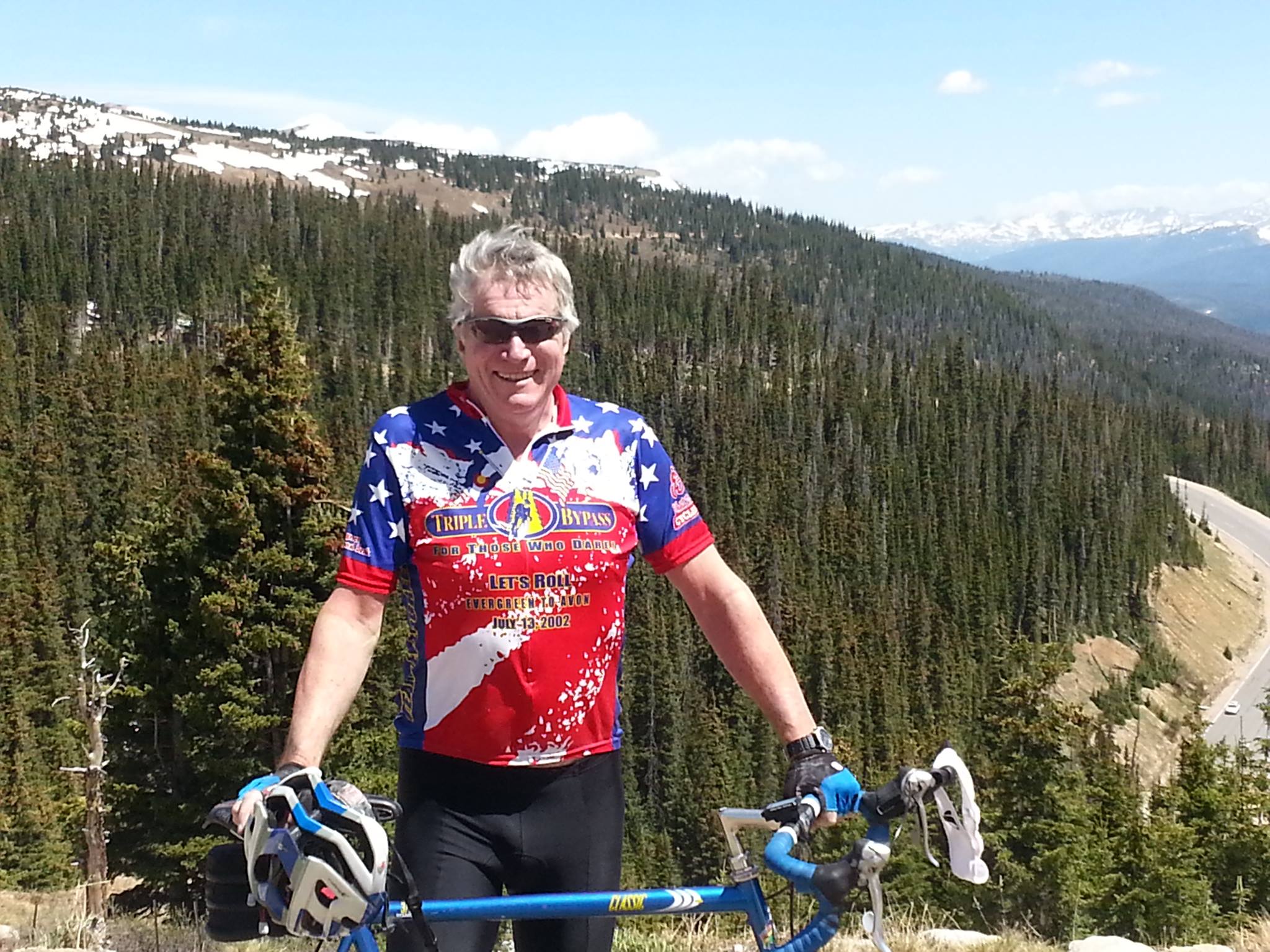




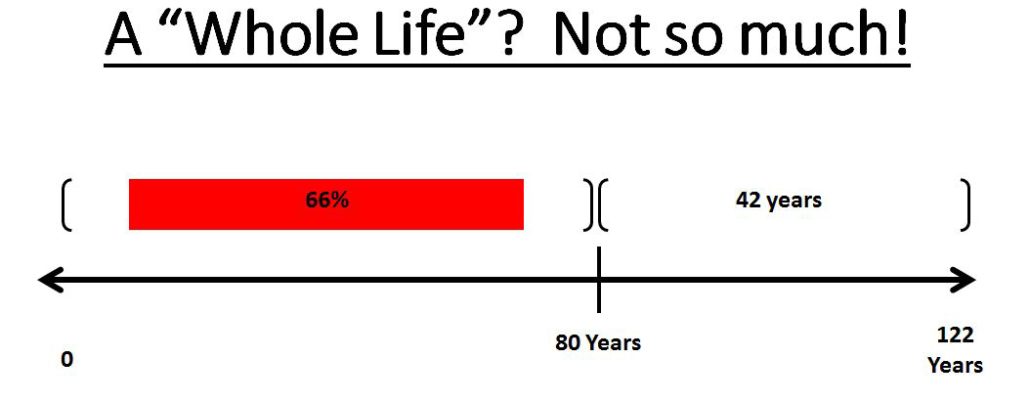


 I don’t have any Alzheimer’s history in my family so apparently, the APOE4 gene isn’t present.
I don’t have any Alzheimer’s history in my family so apparently, the APOE4 gene isn’t present.

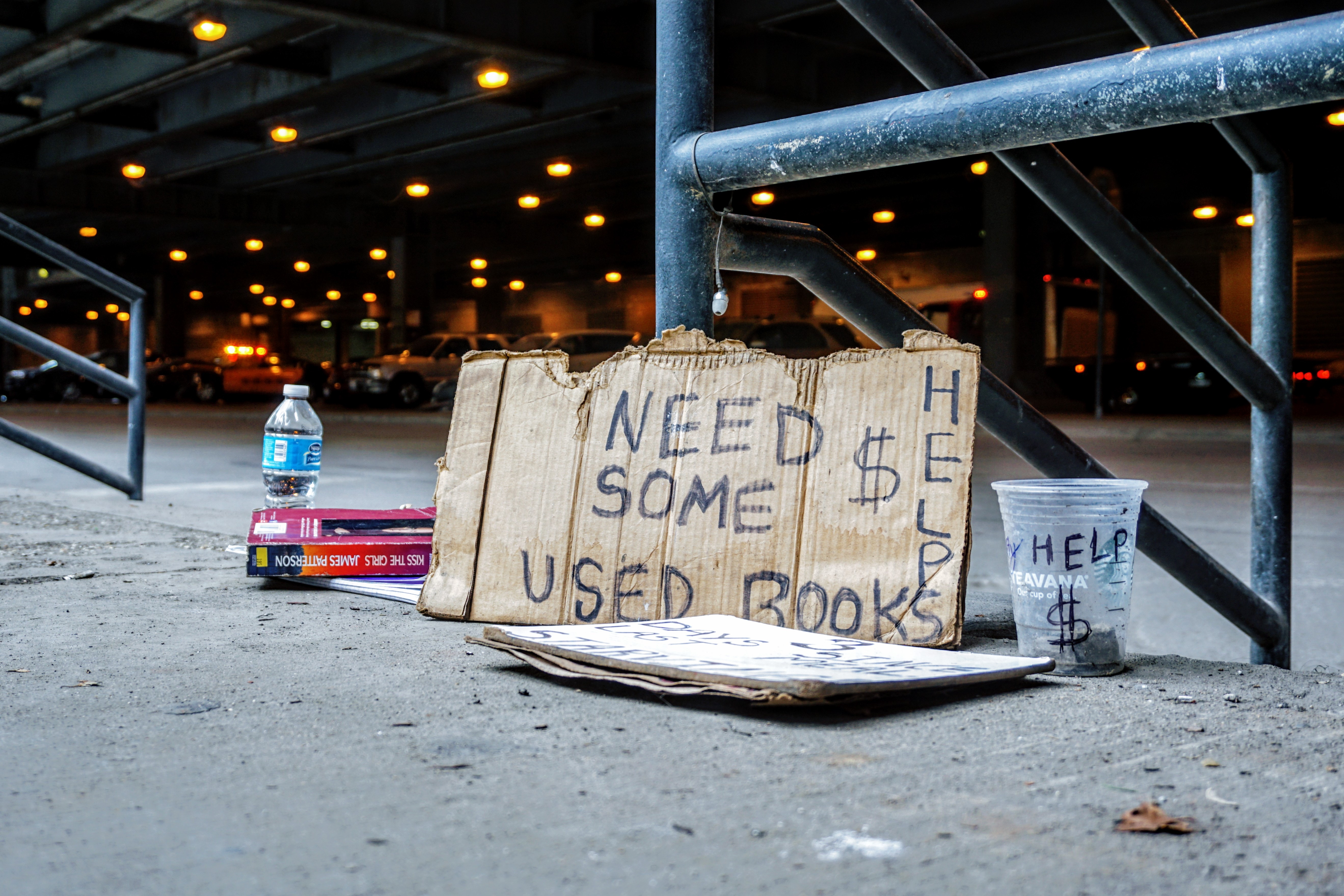

 So, lacking an appropriate AA chapter for this, I’m putting myself into a self-designed rehab.
So, lacking an appropriate AA chapter for this, I’m putting myself into a self-designed rehab.
 be sitting here lamenting my decline into dementia regretting having never read a book since high school or college graduation, which is the case for 38% and 42% or our population respectively. But it feels good to know I’m in the 5% of our population that reads 95% of the books.
be sitting here lamenting my decline into dementia regretting having never read a book since high school or college graduation, which is the case for 38% and 42% or our population respectively. But it feels good to know I’m in the 5% of our population that reads 95% of the books.


 And that same gatekeeper has discovered plant-based meals that are even tastier than the traditional meat- and chicken-based meals that were standard fare for us for years. Amazing what can be done with different combinations of vegetables and healthy spices.
And that same gatekeeper has discovered plant-based meals that are even tastier than the traditional meat- and chicken-based meals that were standard fare for us for years. Amazing what can be done with different combinations of vegetables and healthy spices.
 Truthfully, this formula for looking as good as you can and feeling better than most for your age is so incredibly simple – eat right and exercise. But I’ll be the first to confess it’s incredibly difficult because of the habit changes that it entails. Plus neither activity scores real high on the fun scale.
Truthfully, this formula for looking as good as you can and feeling better than most for your age is so incredibly simple – eat right and exercise. But I’ll be the first to confess it’s incredibly difficult because of the habit changes that it entails. Plus neither activity scores real high on the fun scale.